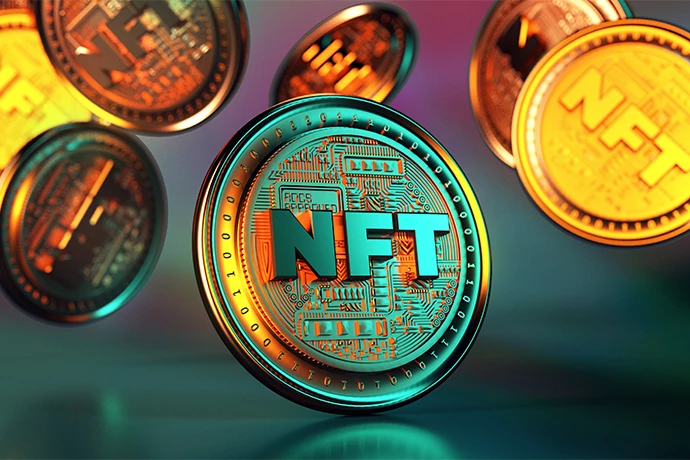What are NFTs?
NFTs, or non-fungible tokens, have taken the art world by storm over the past few years. They represent a unique digital asset that is secured using blockchain technology and can represent a wide range of items, from digital art and collectibles to virtual real estate and more.
Which problems have they solved and which problems do they have?
One of the key benefits of NFTs is that they offer true ownership and scarcity of digital items. In the past, it was easy to copy and distribute digital art or other items, making it difficult for creators to control and profit from their work. NFTs solve this problem by creating a unique, one-of-a-kind digital asset that cannot be replicated or counterfeited. This has led to a proliferation of NFT marketplaces and the emergence of a new economy centered around buying, selling, and trading NFTs.
Another advantage of NFTs is that they can potentially appreciate in value over time. Just like physical art or collectibles, the value of an NFT is determined by supply and demand. If an NFT becomes more popular or sought after, its value can increase. This has led to some NFTs selling for millions of dollars, and has attracted the attention of investors and collectors.
However, it's important to note that the NFT market is still in its early stages and is highly volatile. As with any investment, it's important to do your due diligence and be aware of the risks. Additionally, there are concerns about the environmental impact of the NFT market, as the blockchain technology that powers NFTs requires a significant amount of energy to operate.
In conclusion...
Overall, NFTs represent a fascinating development in the world of digital art and collectibles. They offer a new way for creators to control and profit from their work, and have the potential to revolutionize the way we think about ownership and value in the digital world.
"NFTs are digital real estate and it is going to be worth a lot more than real estate."


